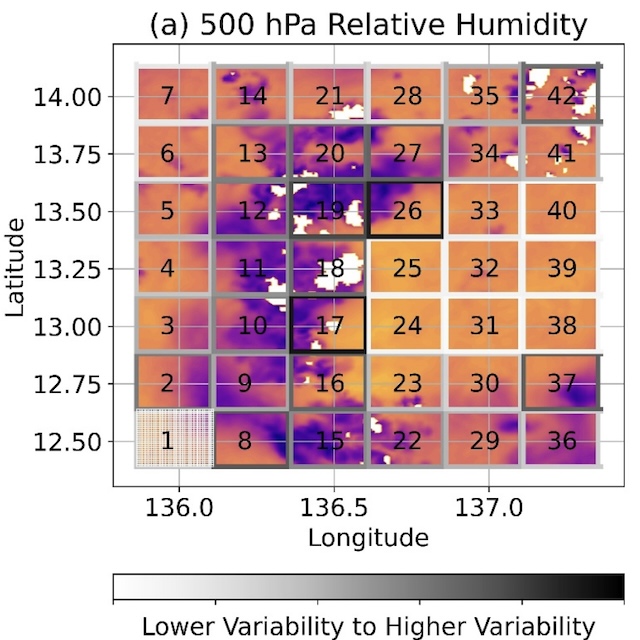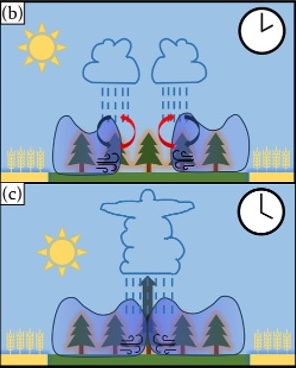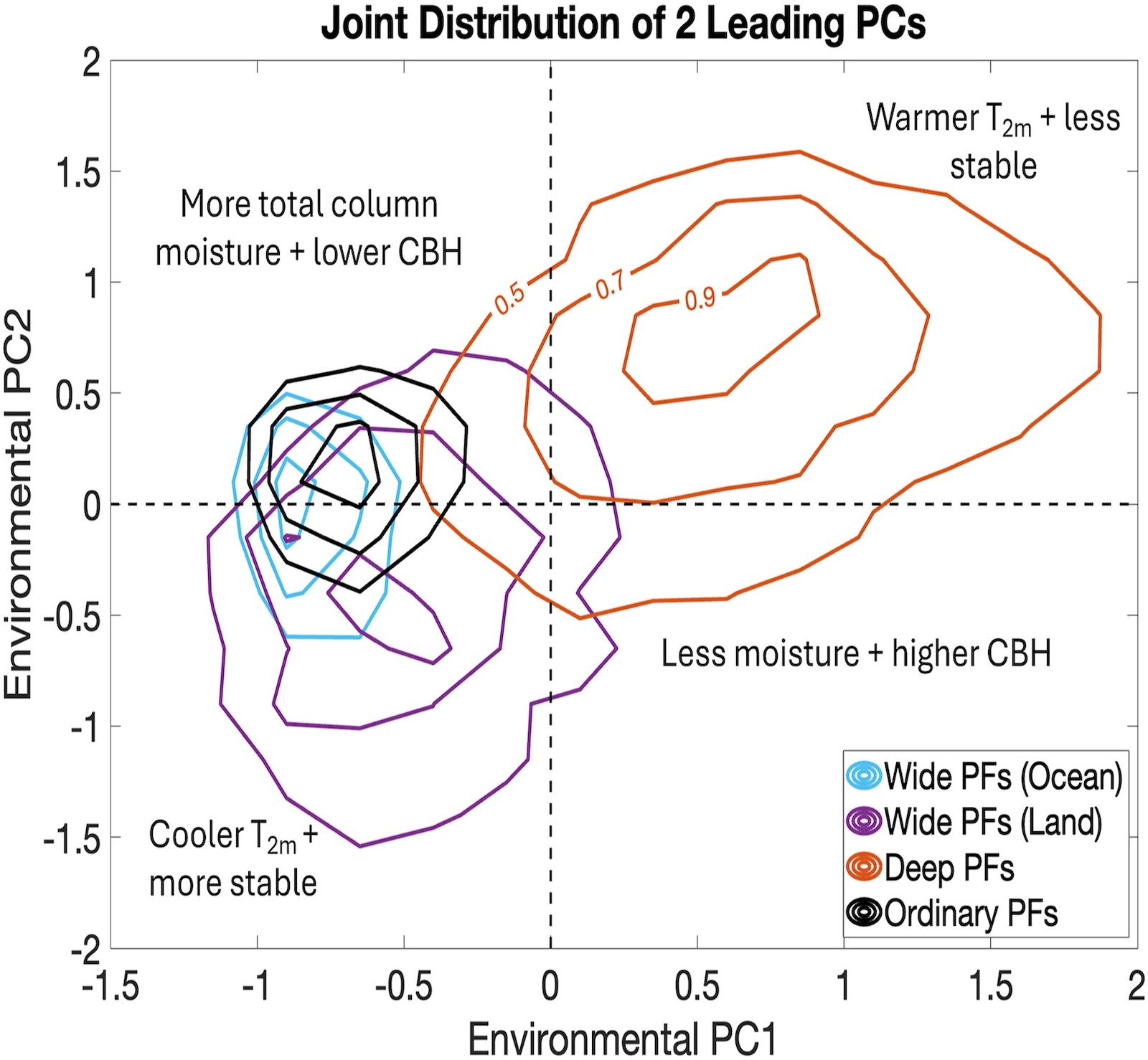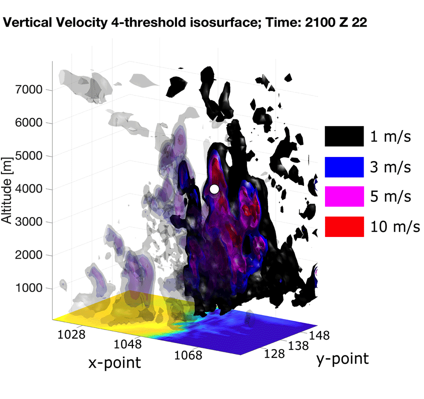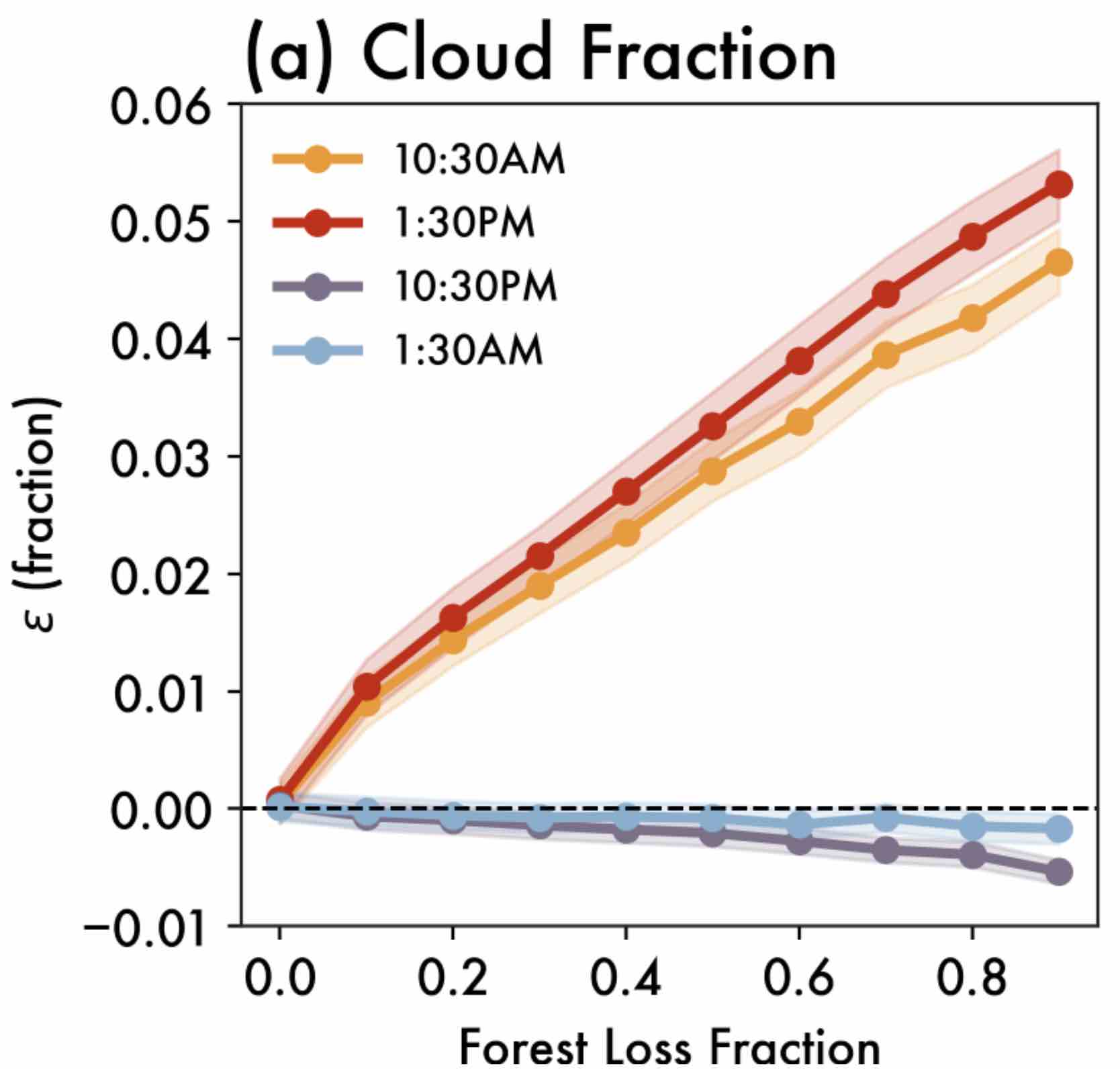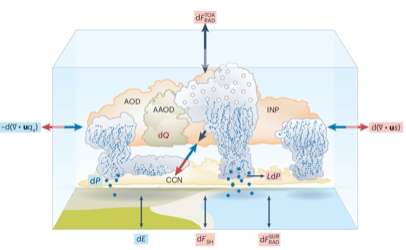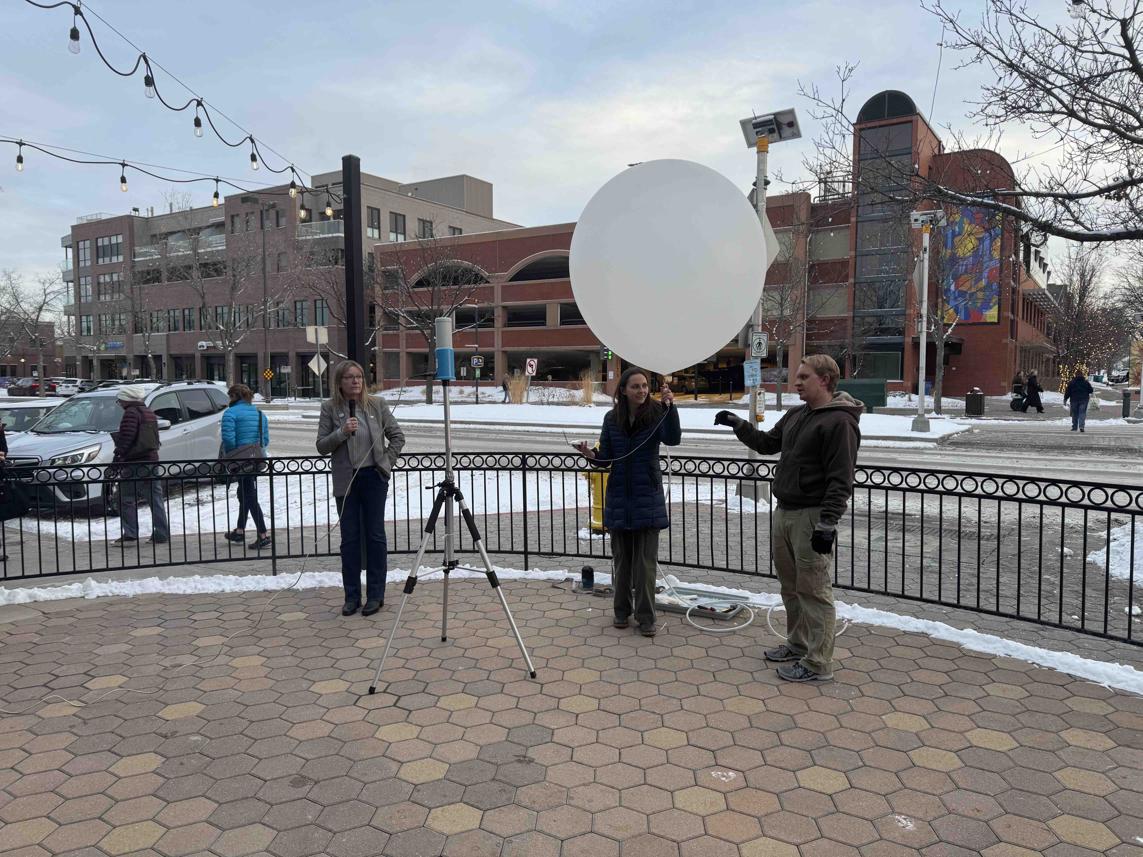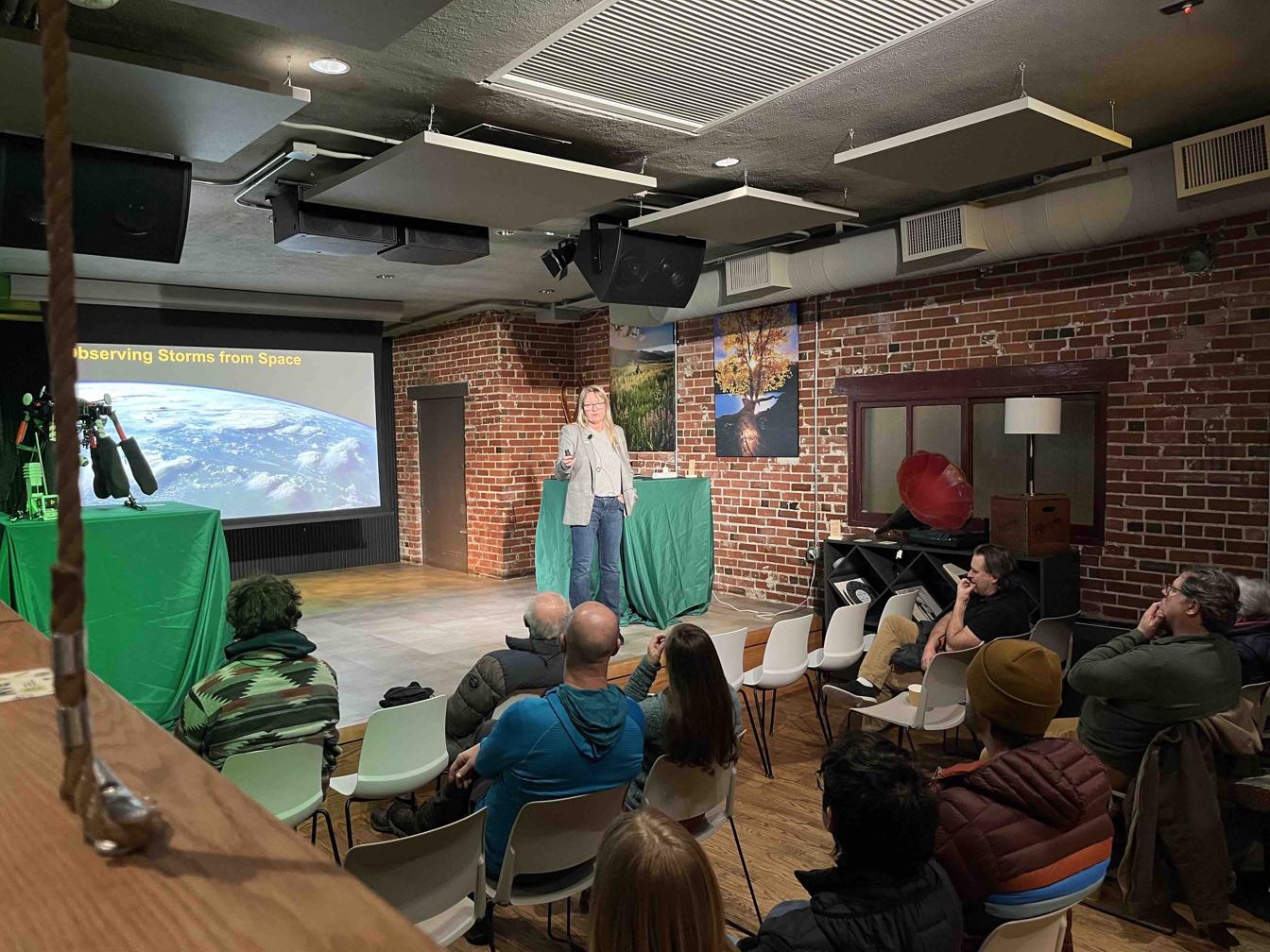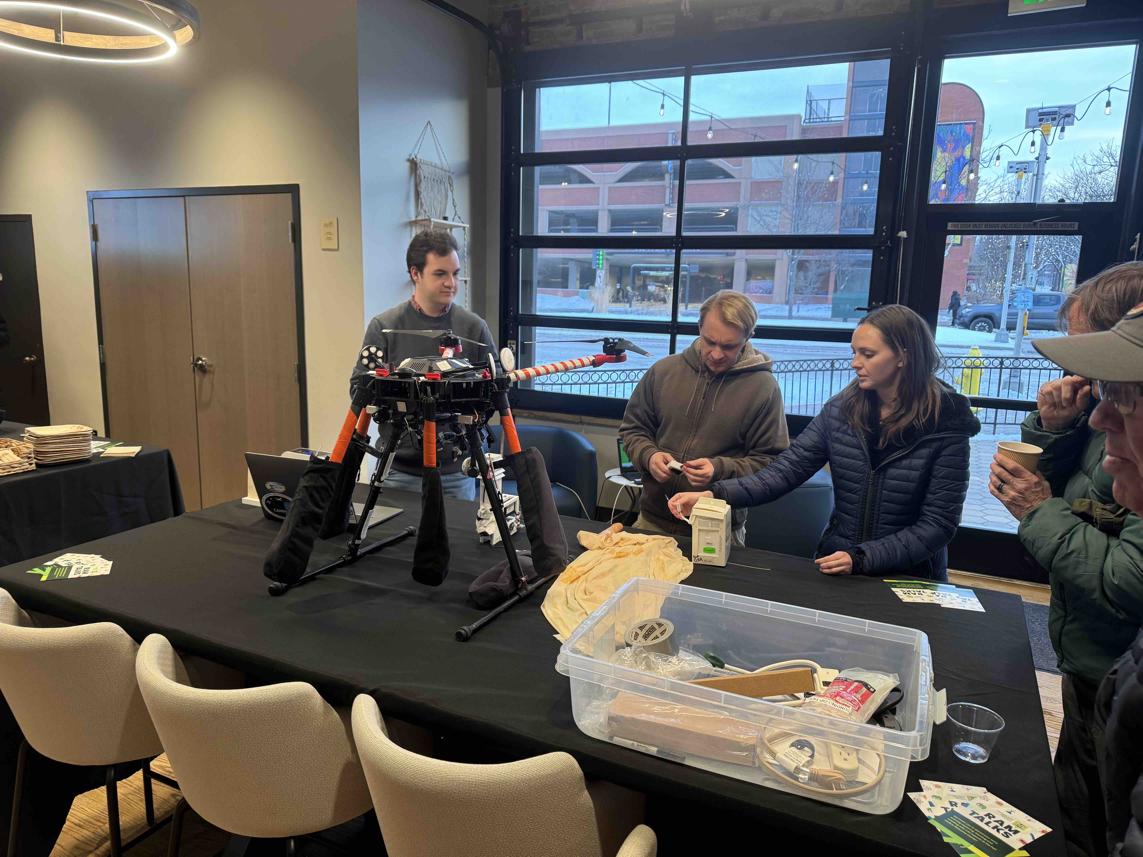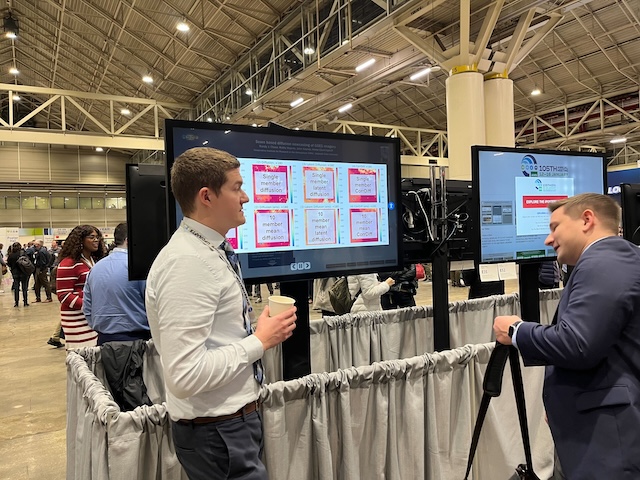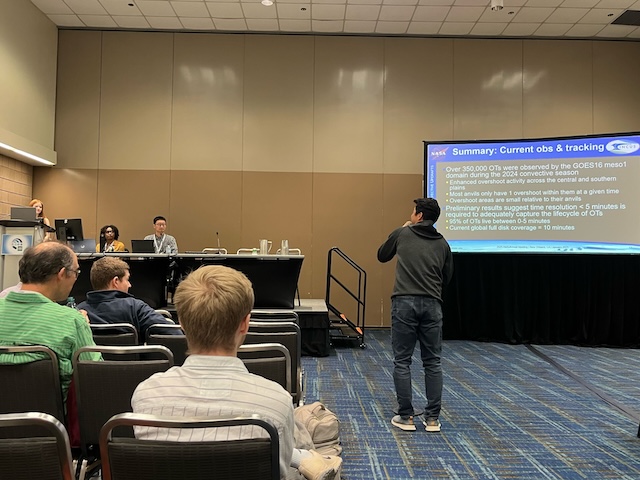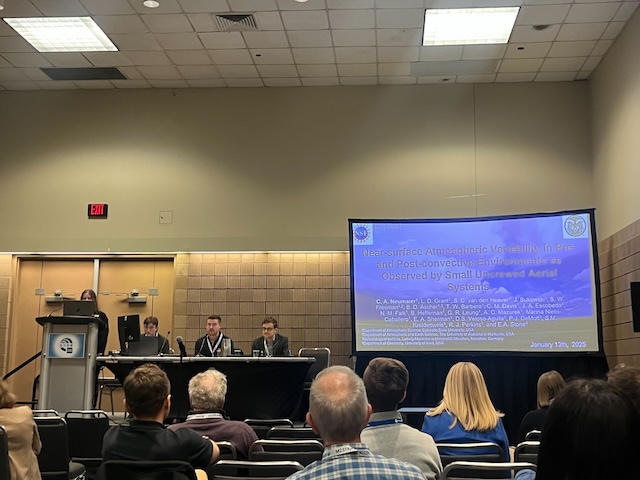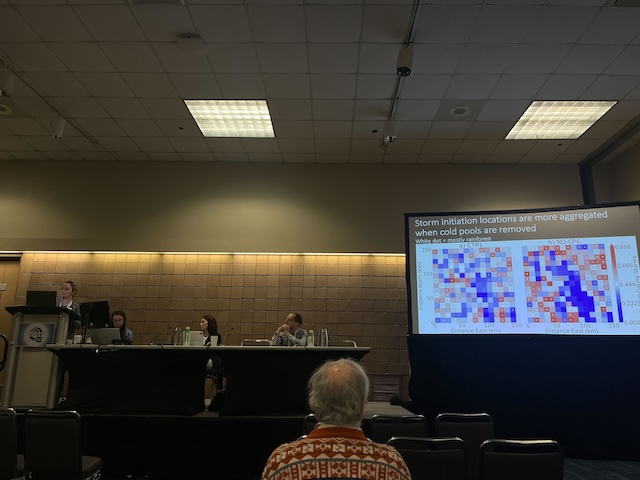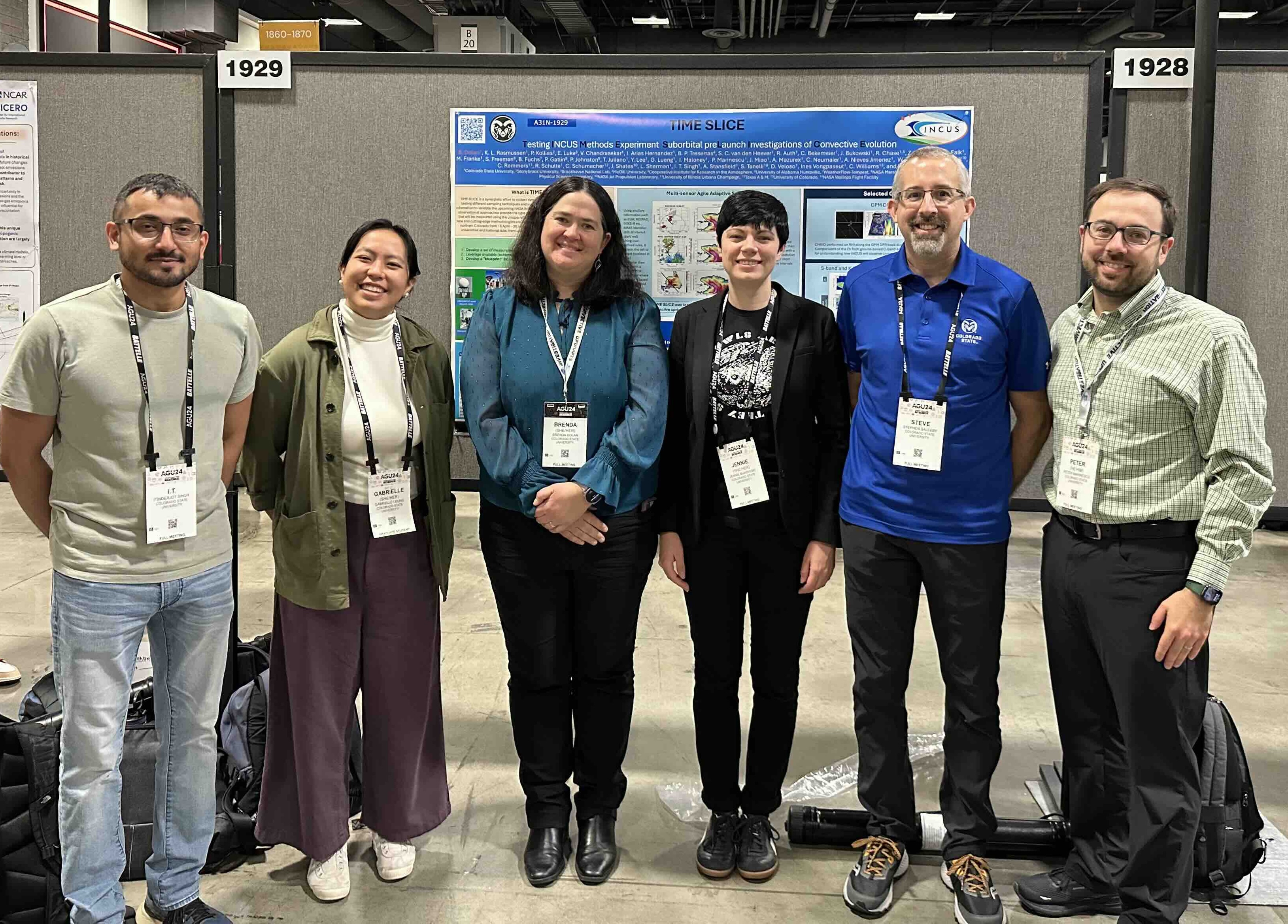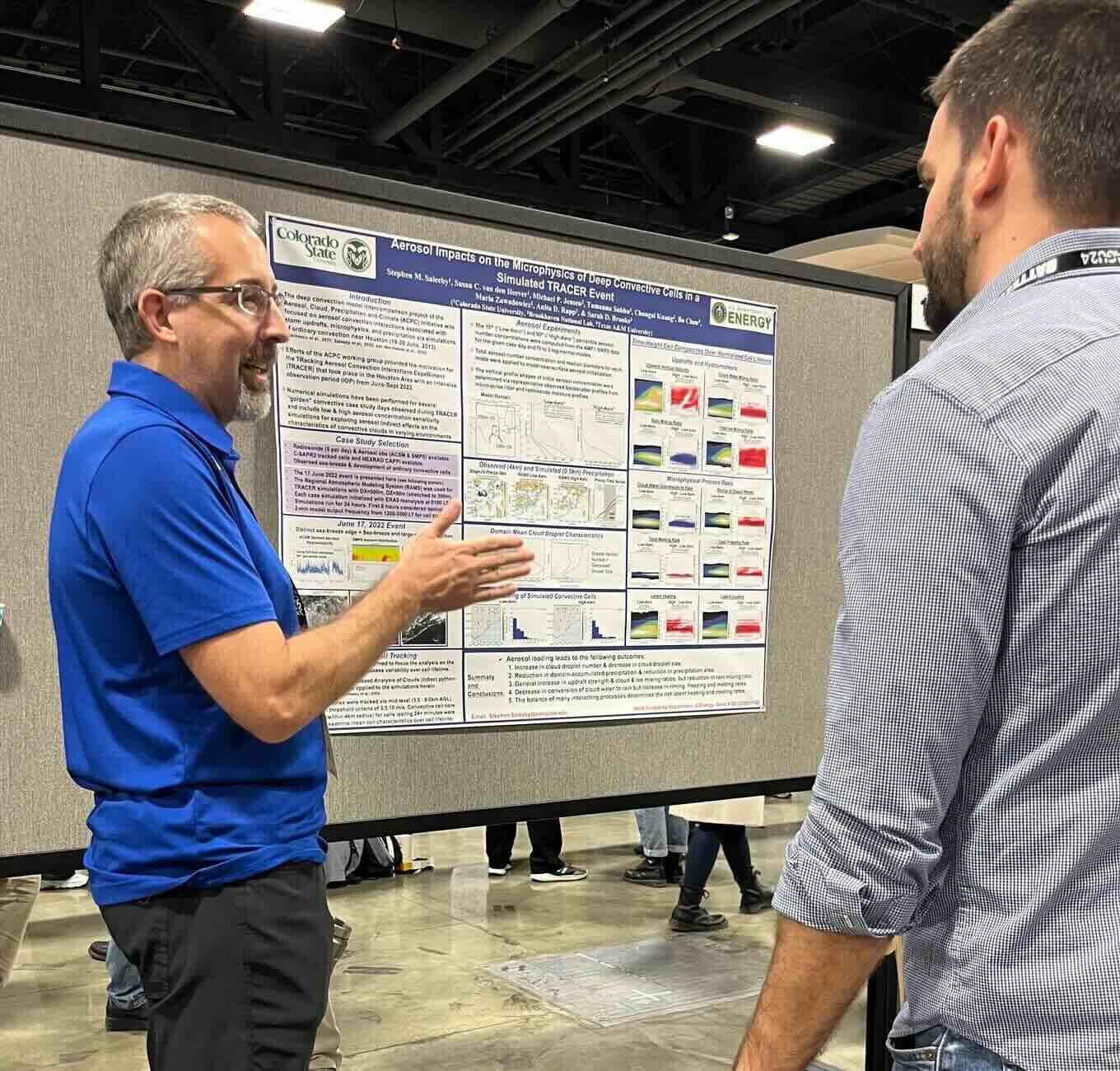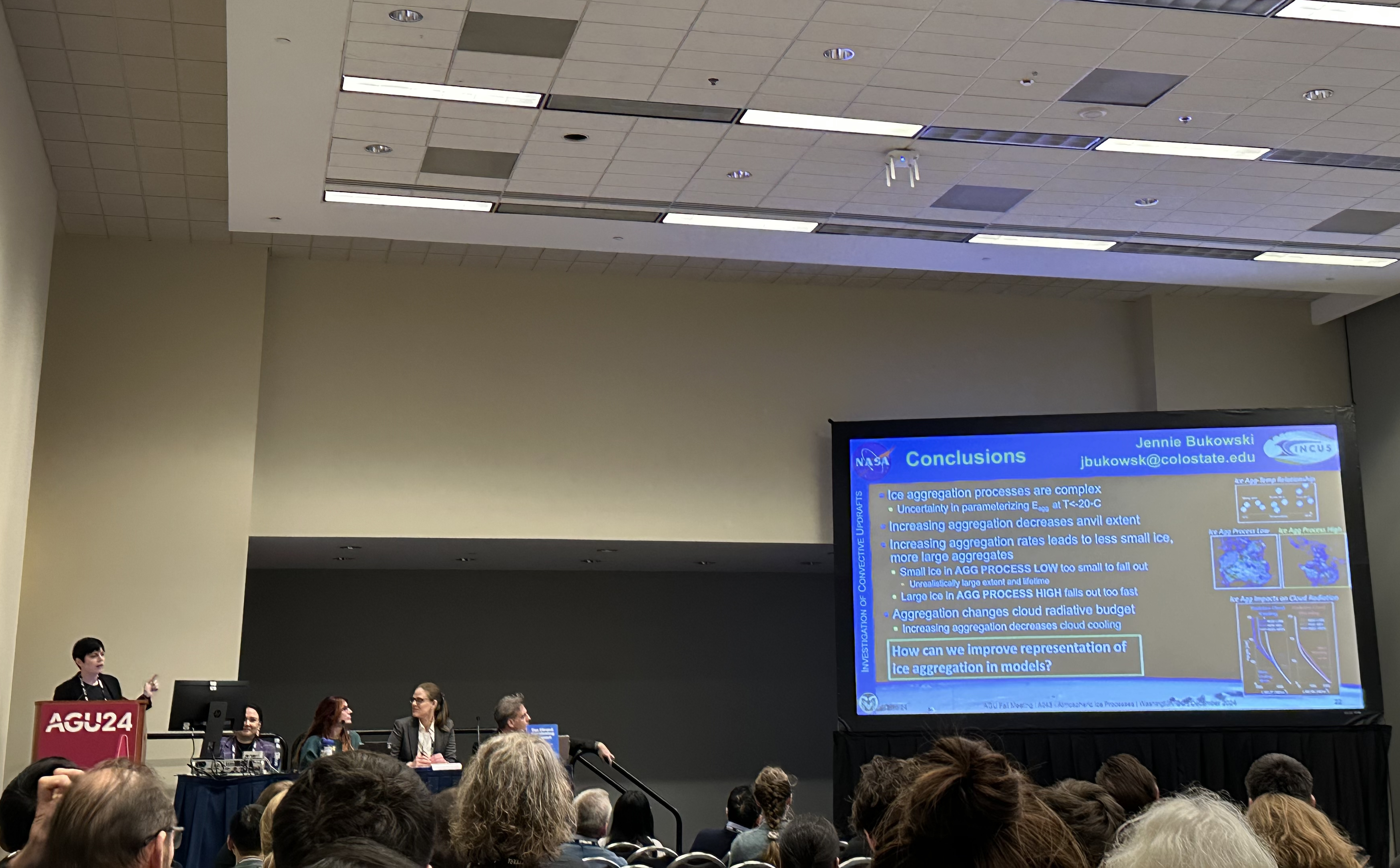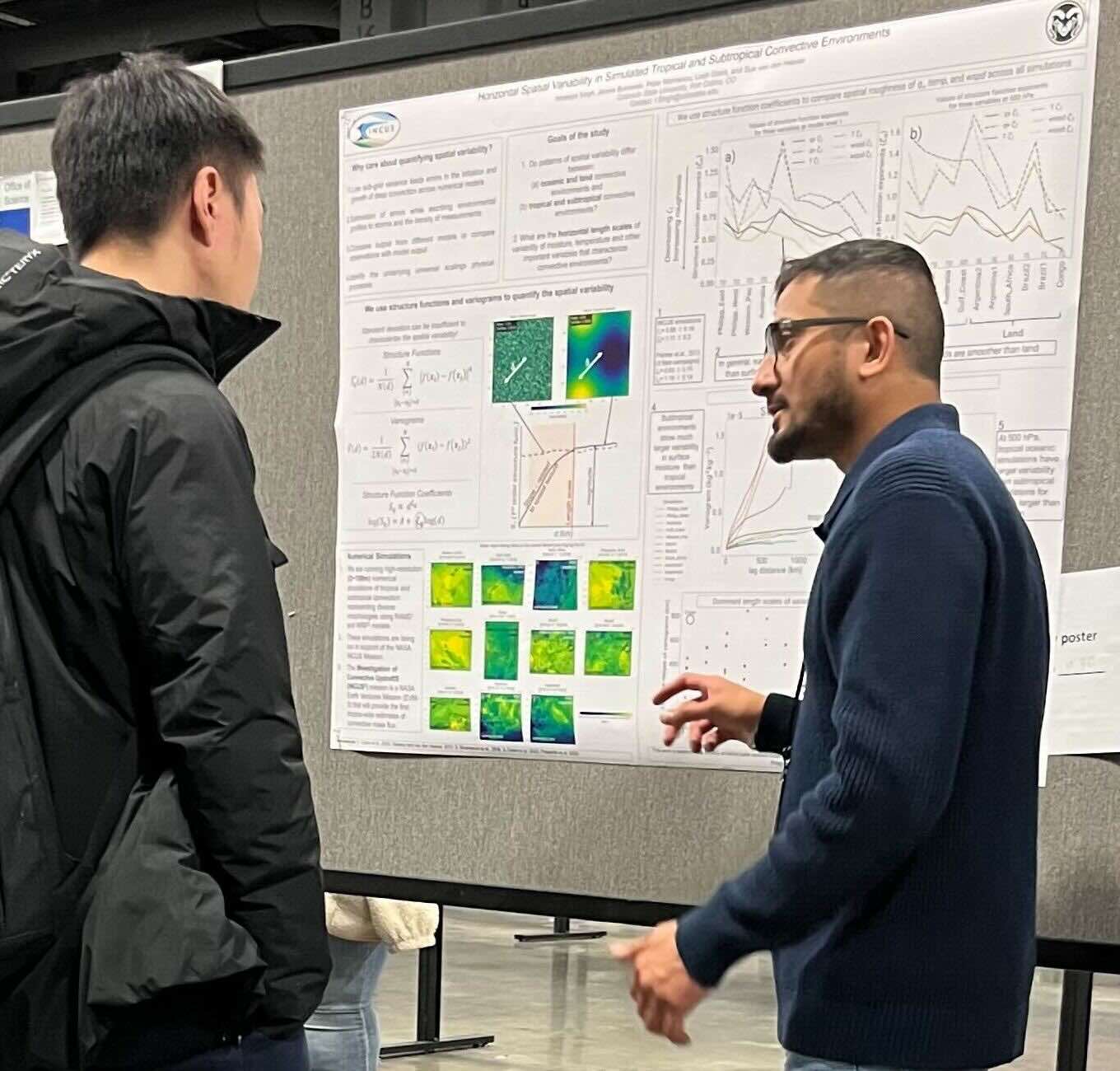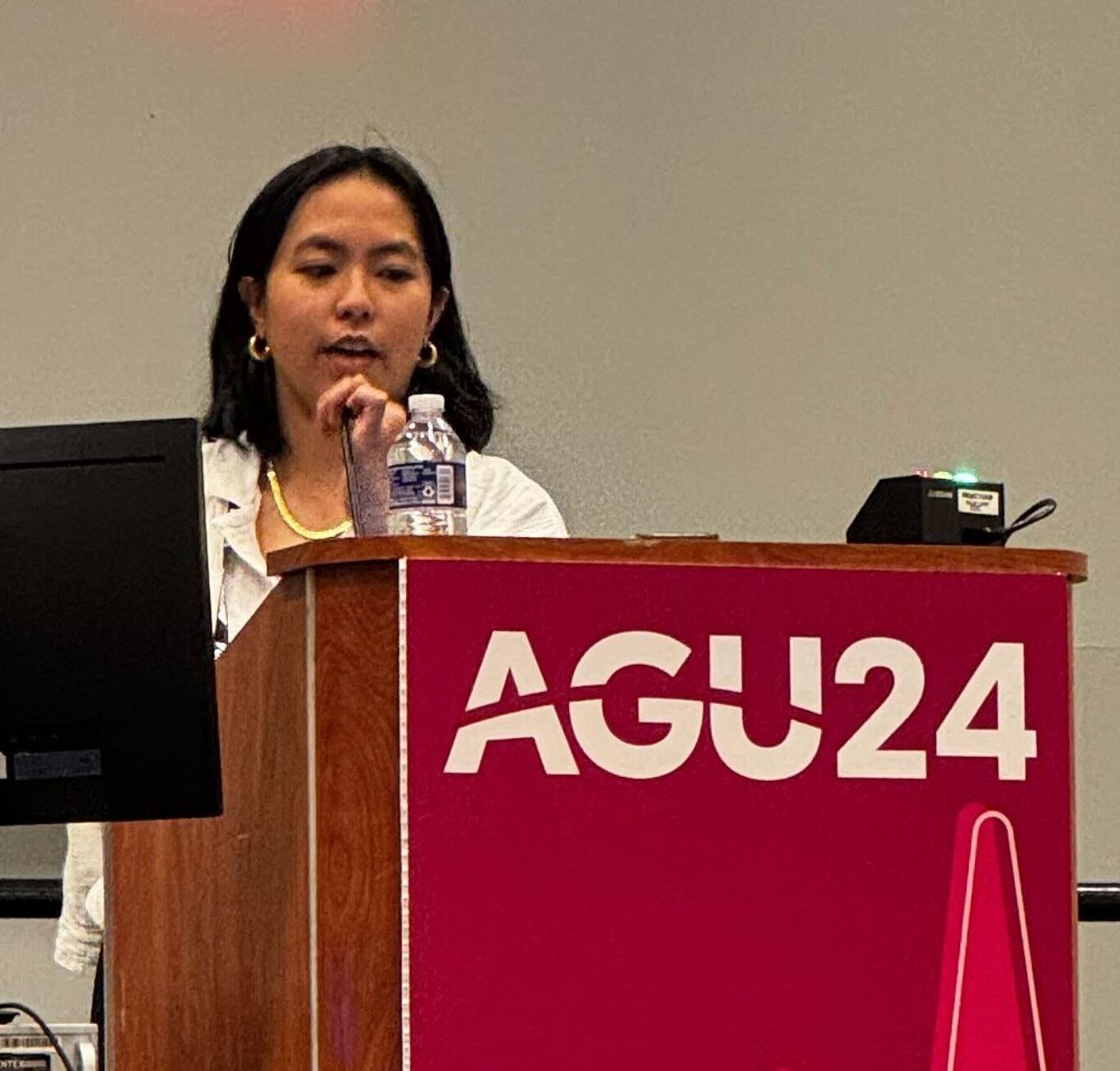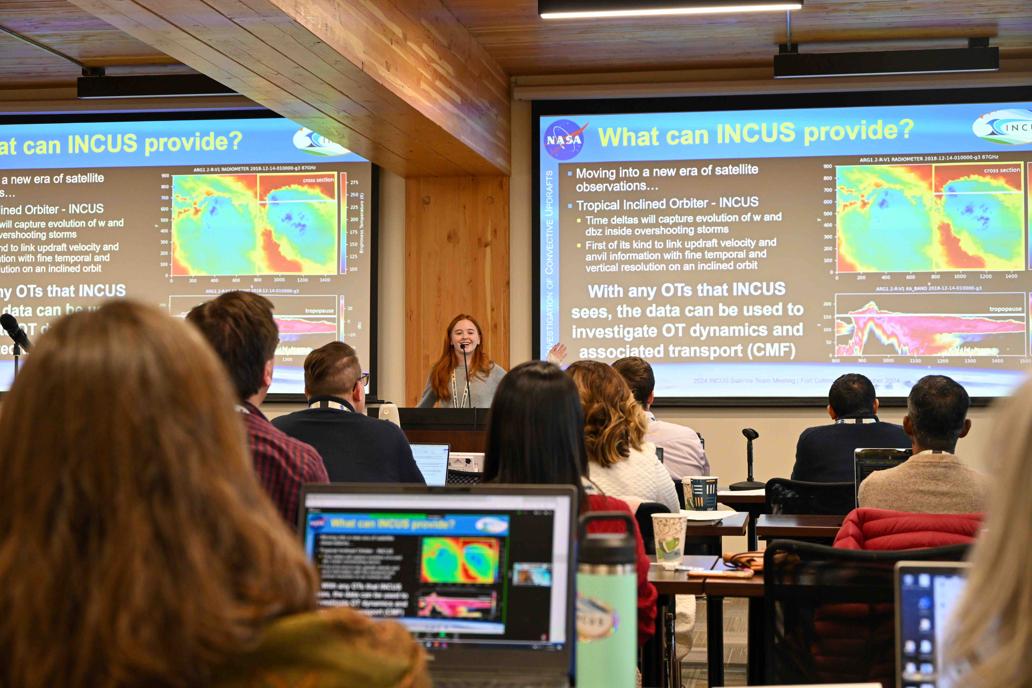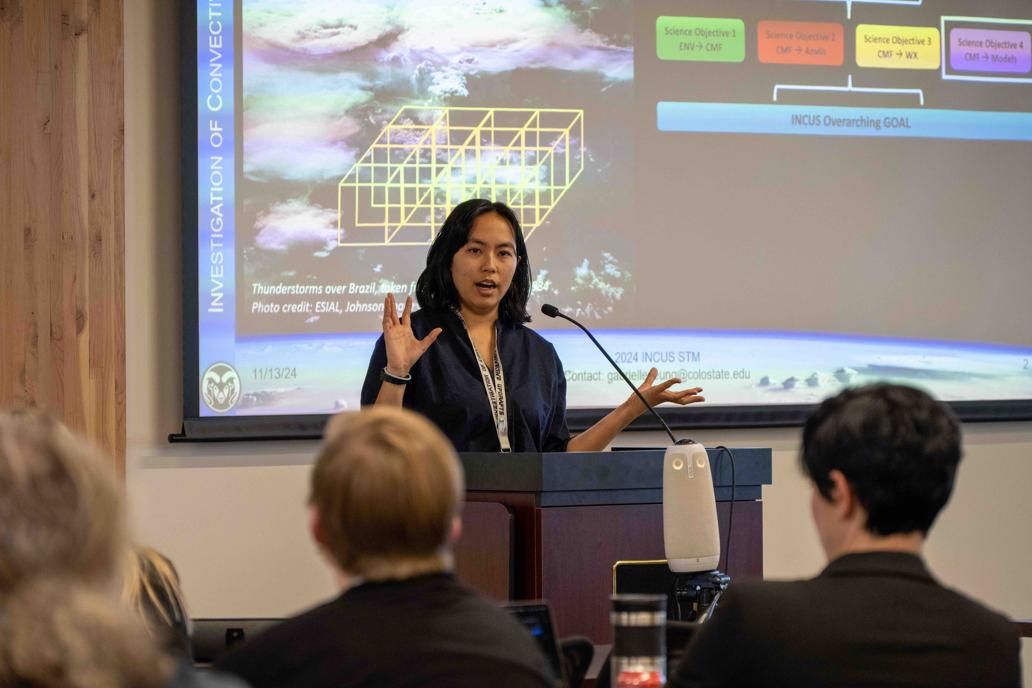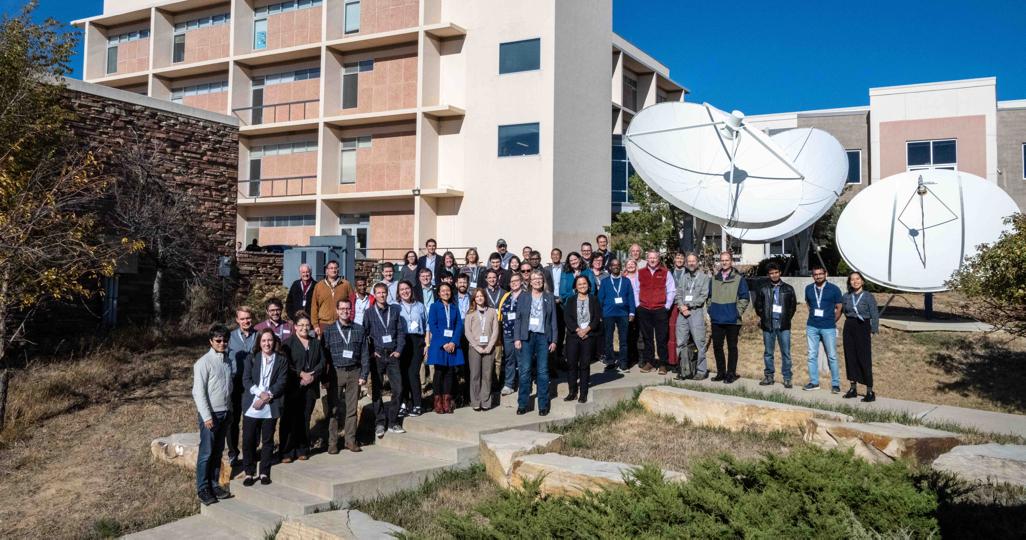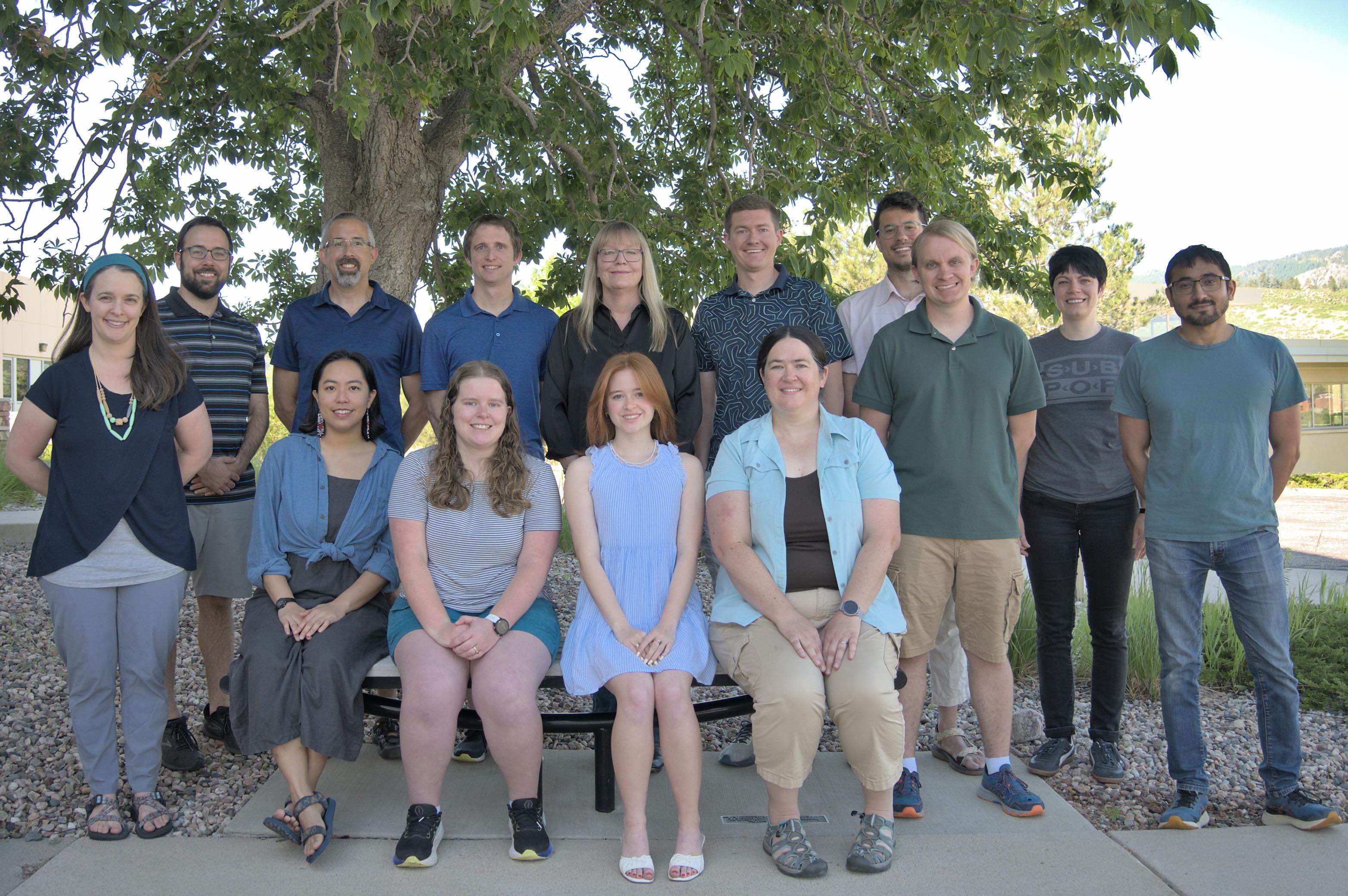
The van den Heever Group
Convective Storms
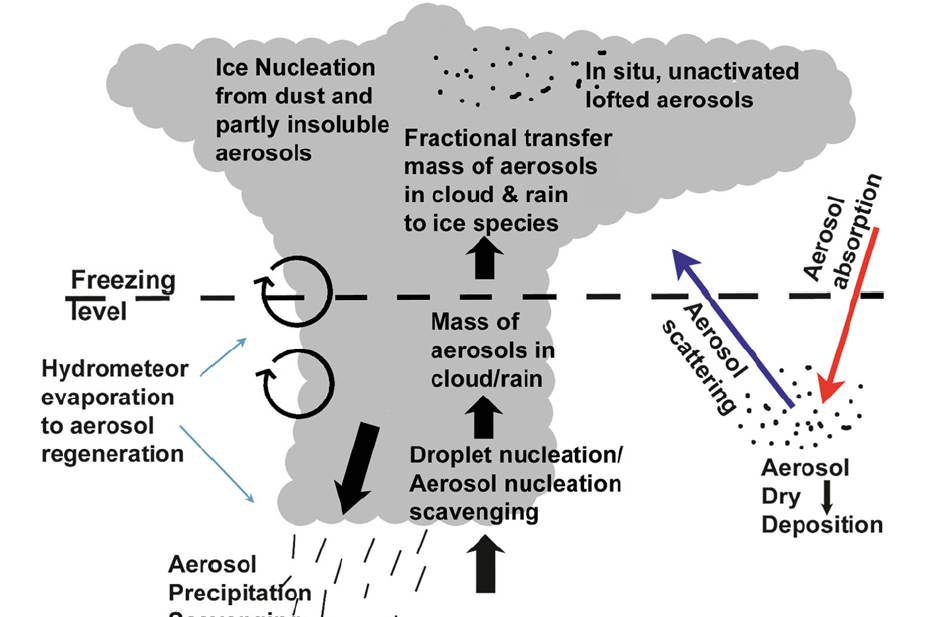
Microphysics and Aerosols
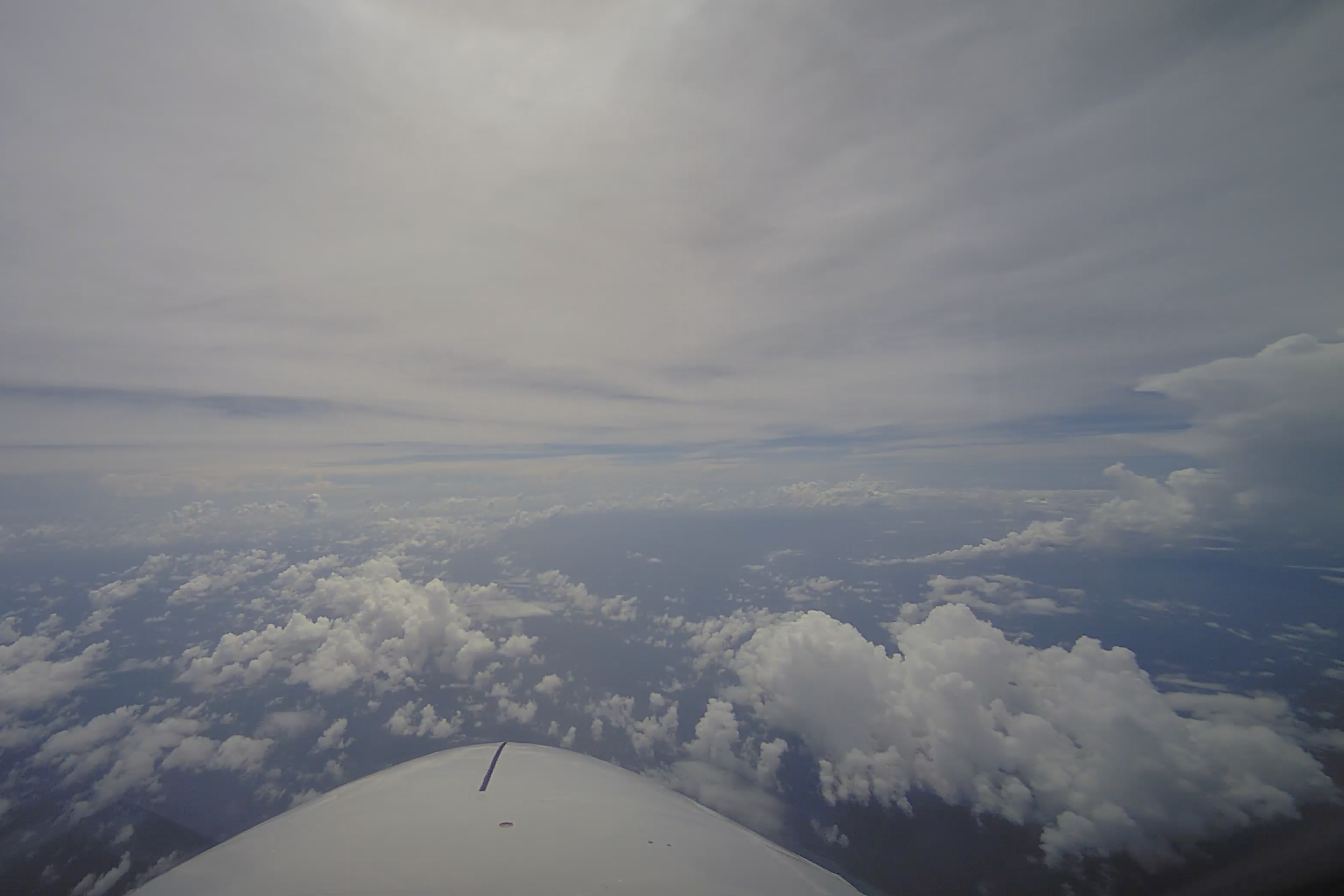
Cold Pools
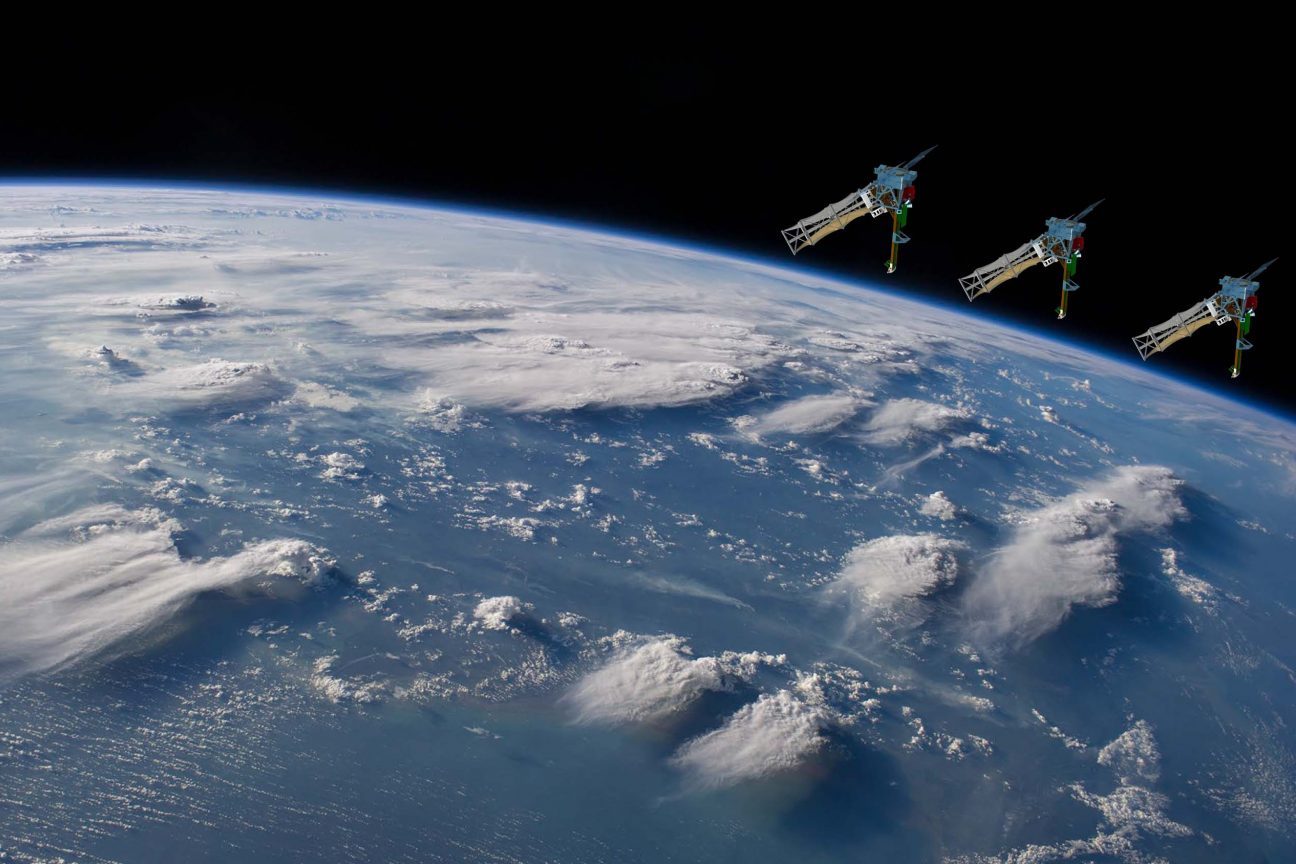
INCUS
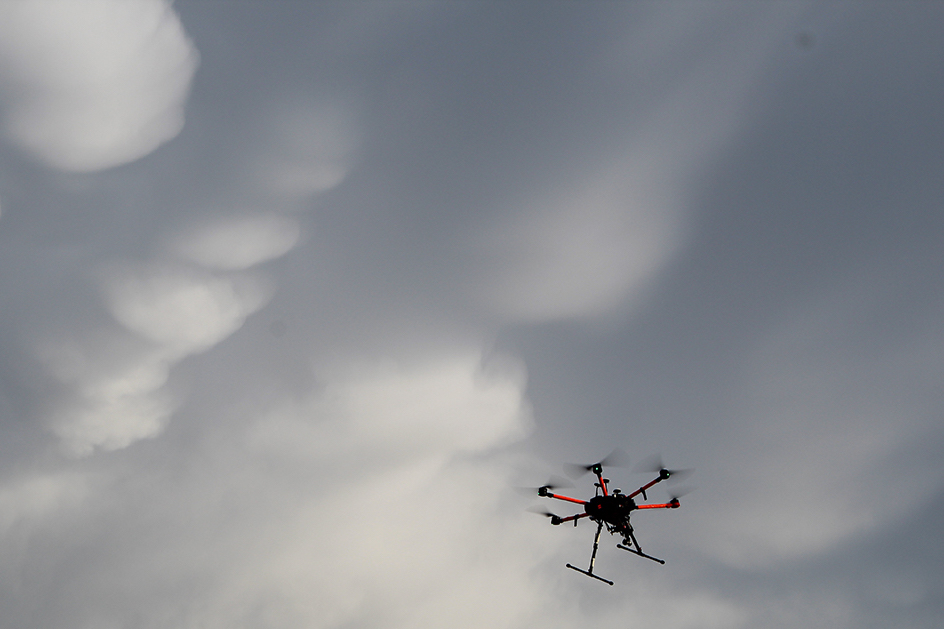
Drones
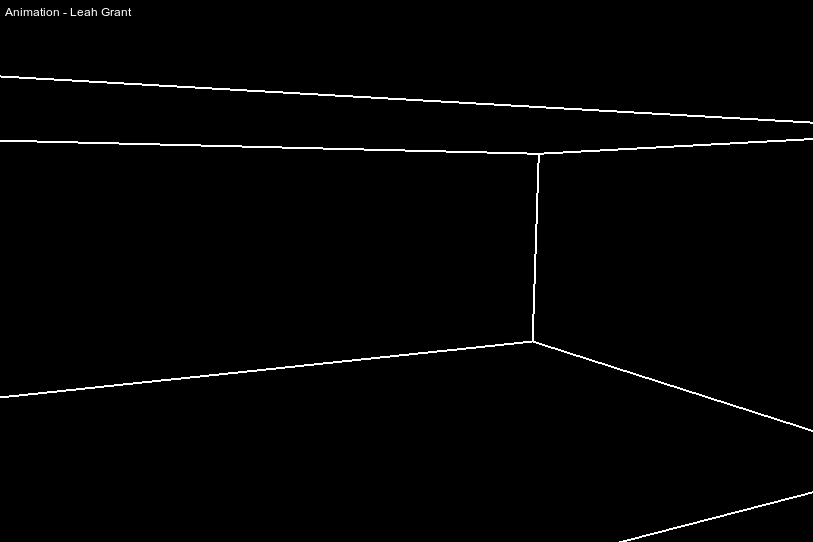
RAMS Model
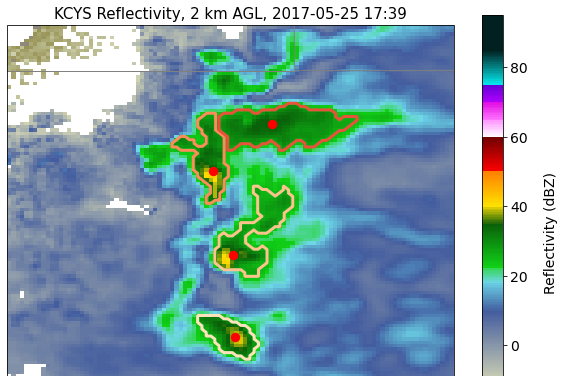
tobac
Research News
Missing Variability in Reanalysis Data
In a new Geophysical Research Letters study, Peter Marinescu et al. ask: How Much Convective Environment Subgrid Spatial Variability Is Missing Within Atmospheric Reanalysis Data Sets? Read the paper to find out!
Forest Breeze–Cold Pool Interactions
Fromer group member, Ben Ascher, had his MS work recently published in the Journal of the Atmospheric Sciences, showing that forest breezes are important for initiating convection along forest boundaries, but that cold pools can play a key role in propagating the forest breezes themselves.
Unclouding Storm/Environment Correlations
Rick Schulte led a Geophysical Research Letters study applying PCA to 25 years of observations from spaceborne radars to succiently identify the large-scale environmental variables that distinguish between storm modes.
New Developments in tobac
A new paper led by group alums Alex Sokolowsky and Sean Freeman and published in Geoscientific Model Development presents multiple new features of the tobac cloud tracking algorithm including 3D tracking, splits and mergers, and functionality for simulations with periodic boundary conditions.
Deforestation and Clouds
A recently published Geophysical Research Letters paper led by Bee is the first to show deforestation in Southeast Asia drives a robust shift towards more widespread and shallower clouds using observational data.
Aerosol Effects on Precipitation
Sue, together with Philip Stier, led a Nature Geoscience review paper, synthesizing the most up-to-date scientific consensus of aerosol effects on precipitation. They present an overview of the influence of aerosol on global-to-local scales via radiative and microphysical processes and identify which mechanisms remain highly uncertain.
Group News
2025
March 4: NASA has officially selected Firefly Aerospace Inc. as the launch service for the INCUS mission. INCUS will launch from NASA’s Wallops Flight Facility in Virginia on a dedicated Firefly Alpha Rocket. You can read NASA's official press release on the INCUS launch service award here, or learn more about this INCUS milestone from a highlight article in CSU Source.
February 20: A manuscript led by Rick Schulte et al. titled "Unclouding the Correlations: A Principal Component Analysis of Convective Environments" was selected as the February Science Highlight by the AGU Precipitation Technical Committee. Congrats to Rick and his co-authors!
February 12: Sue gives a Ram Talk entitled "Storm Chasing from Space" at the Fort Collins Welcome Center in Old Town. Sue discussed how we observe convective storms, including with INCUS, and why these storms are important with the public. Nick and Allie launched a radiosonde for the crowd, and discussed how our group uses radiosondes, drones, and other equipment.
January 13-16: Sue, Leah, Christine, Rachael, Randy, Rick, Charles, and Bee present at the annual American Meteorological Society (AMS) meeting in New Orleans, LA.
2024
December 9-13: Steve, IT, Brenda, Jennie, Peter, and Bee present at the annual American Geophysical Union (AGU) meeting in Washington, DC.
November 13-15: The 2024 INCUS Science Team Meeting takes place in the CIRA Commons at CSU. The INCUS Mission, led by Sue, will use three satellites to measure vertical velocity in storms. Scientists from around the globe gathered to discuss topics ranging from the progress of the mission, the INCUS algorithm, variability in convective environments, controls on anvil clouds, what we will learn from INCUS, and more!
